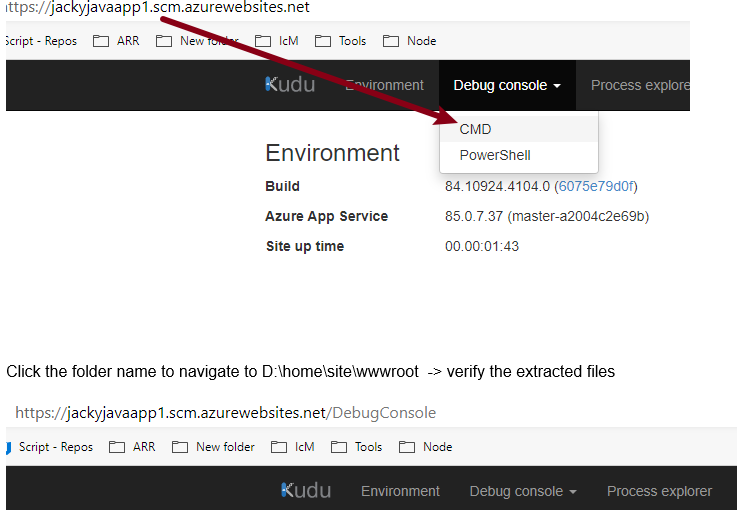
Melanoma incidences continue to increase worldwide, and the majority of cases are caused by excessive sun exposure.


Sunscreen use is critical to public health. We are investigating the cause of this issue, which is limited to certain aerosol sunscreen products. While benzene is not an ingredient in any of our sunscreen products, it was detected in some samples of the impacted aerosol sunscreen finished products. Out of an abundance of caution, we are recalling all lots of these specific aerosol sunscreen products. Based on exposure modeling and the Environmental Protection Agency’s (EPA) framework, daily exposure to benzene in these aerosol sunscreen products at the levels detected in our testing would not be expected to cause adverse health consequences. Benzene can be absorbed, to varying degrees, by inhalation, through the skin, and orally. Humans around the world have daily exposures indoors and outdoors from multiple sources. Benzene is ubiquitous in the environment. Product images and lot information is available on and Benzene is classified as a human carcinogen, a substance that could potentially cause cancer depending on the level and extent of exposure. AVEENO ® Protect + Refresh aerosol sunscreen.NEUTROGENA ® Ultra Sheer ® aerosol sunscreen, and.NEUTROGENA ® Invisible Daily™ defense aerosol sunscreen,.NEUTROGENA ® Cool Dry Sport aerosol sunscreen,.NEUTROGENA ® Beach Defense ® aerosol sunscreen,.The only sunscreen products impacted are aerosol products, specifically: Consumers should stop using the affected products and follow the instructions set forth below. Internal testing identified low levels of benzene in some samples of the products. (JJCI) is voluntarily recalling all lots of five NEUTROGENA ® and AVEENO ® aerosol sunscreen product lines to the consumer level.
Https clicktime symantec com skin#
Cross-validation of the CLQI with the CDLQI in the group of children with skin disease demonstrates a strong linear association and good agreement between the two.NEW BRUNSWICK, N.J., J– Johnson & Johnson Consumer Inc. Diseases such as epilepsy (24%) and enuresis (24%) scored higher than diabetes (19%), localized eczema (19%), alopecia (19%) and acne (16%).Ĭonclusions Using the CLQI we have shown that HRQL impairment in children with chronic skin disease is at least equal to that experienced by children with many other chronic diseases of childhood, with AD and psoriasis having the greatest impact on HRQL among chronic skin disorders and only cerebral palsy scoring higher than AD. Comparing this with children with other chronic diseases, those with cerebral palsy had the highest score (38%), followed in descending order by those with generalized AD (33%), renal disease (33%), cystic fibrosis (32%), urticaria (28%), asthma (28%) and psoriasis (27%). Using the generic CLQI (scored 0–36), from the parental perspective the highest score was for AD (33%), followed by urticaria (28%), psoriasis (27%) and alopecia (19%). In the child's opinion psoriasis and atopic dermatitis (AD) caused the greatest impairment (CDLQI scores of 30♶% and 30♵%), followed by urticaria (20%) and acne (18%). Results Using linear regression analysis, the CLQI and the CDLQI scores showed a strong linear association ( r s = 0♷2, P < 0♰01) and on a Bland–Altman plot, reasonably good agreement (expressing scores out of 100, the 95% limits of agreement were from −25♵/100 to 26♷/100).

Their parents ( n = 379) and parents of 161 children aged 5–16 years with other chronic diseases were also asked to complete a proxy measure, the CLQI. Methods The CDLQI was completed by 379 children aged 5–16 years with skin disease of more than 6 months’ duration. The impairment of HRQL in the same group of children with skin disease was then compared with that associated with other common chronic childhood diseases using the CLQI. Objectives To cross-validate a new generic HRQL proxy measure for children, the Children's Life Quality Index © (CLQI), with an established speciality-specific dermatological questionnaire, the Children's Dermatology Life Quality Index © (CDLQI), in a group of children with chronic skin diseases. These permit comparison between different diseases and also the normal population. Various HRQL measures are now available, of which generic health measures have been the most widely used. These effects can be better understood from the perspective of parent and child by the use of health-related quality of life (HRQL) measures.

Background Chronic disease can have physical and psychological effects which affect social functioning.


 0 kommentar(er)
0 kommentar(er)
